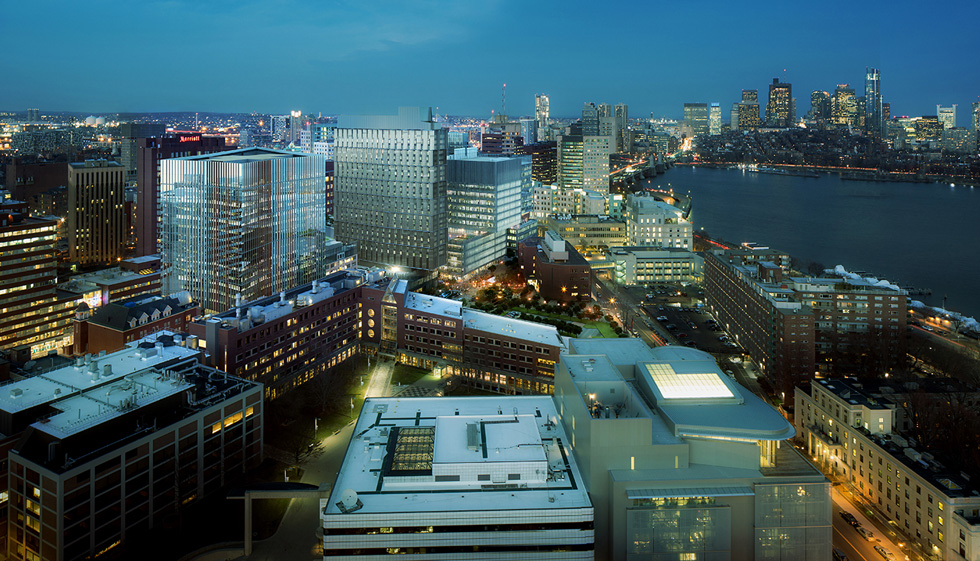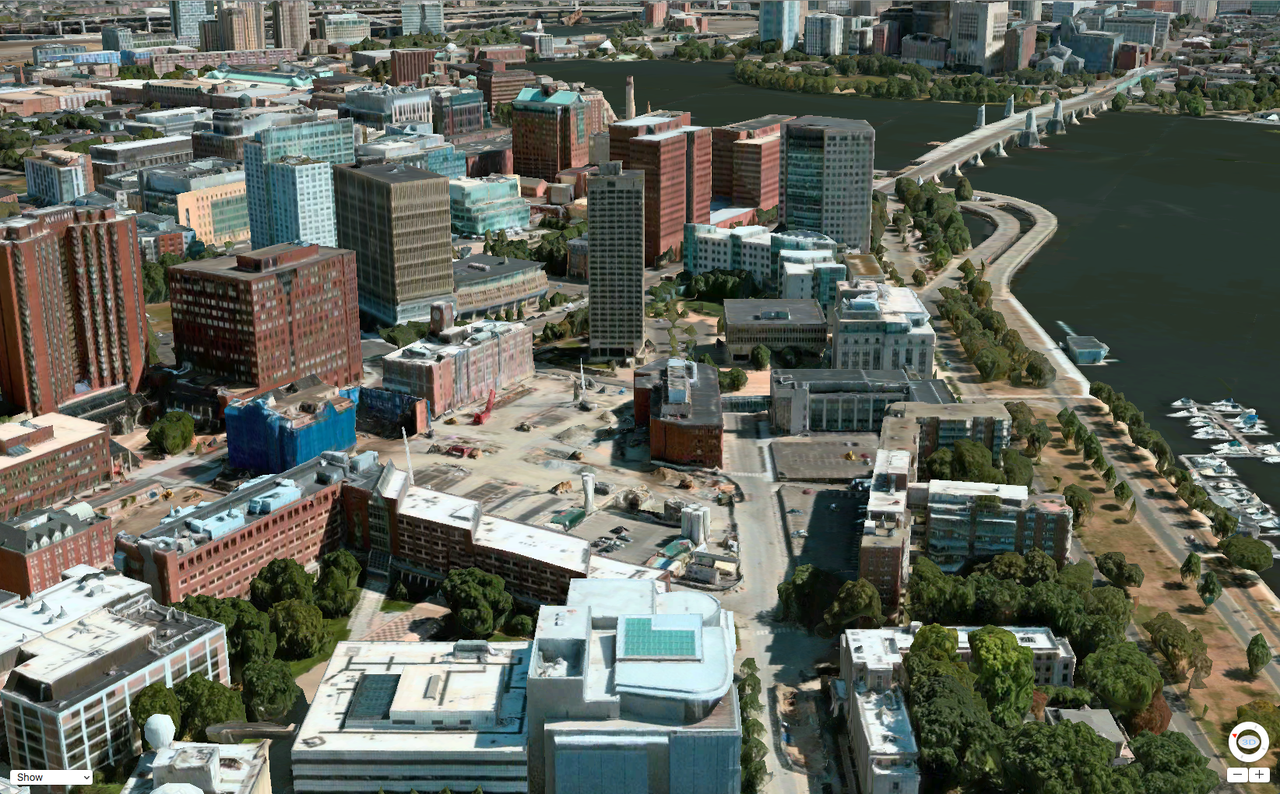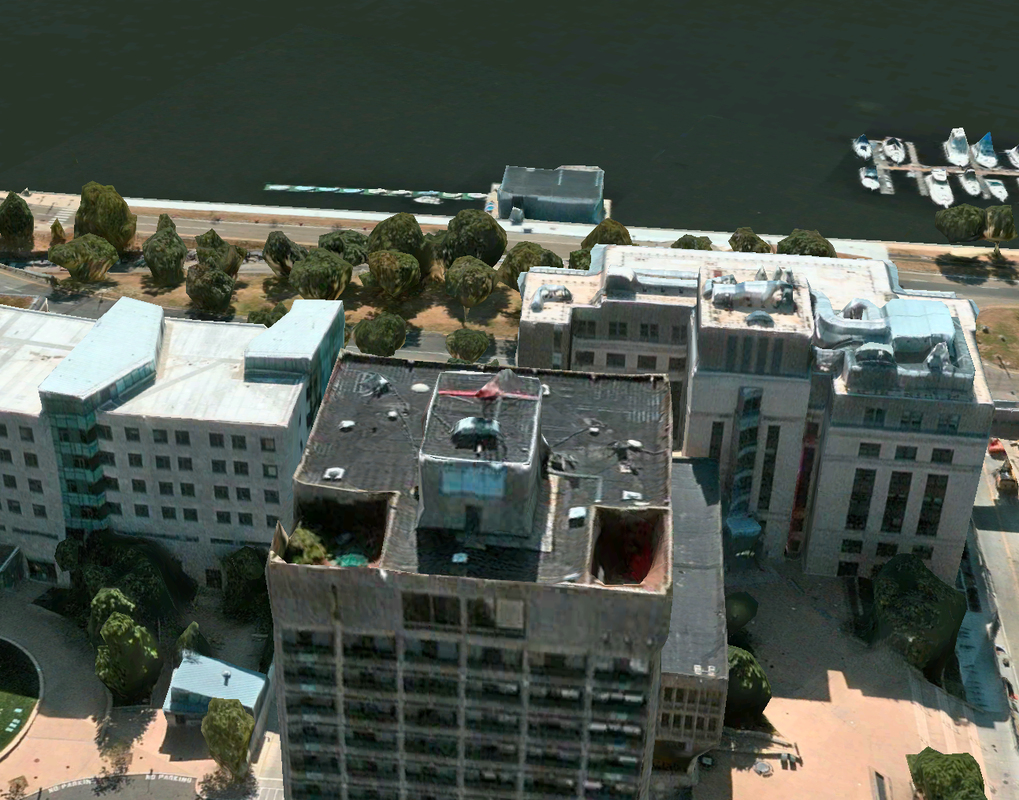stick n move
Superstar
- Joined
- Oct 14, 2009
- Messages
- 12,054
- Reaction score
- 18,767
The green line extension includes a new Lechmere station.
The green line extension includes a new Lechmere station.
Yes, one that is even further from Kendall square than the current station.
Lechmere is simply too far of a walk to Kendall (~1 mile to these new buildings on Main Street) to be an effective daily commute for most people. EZ Ride is the only bus service between NS, Lechmere, and Kendall and it isn't even open to the public (you need a sticker from your employer).
I'm still of the position that Cambridge needs to get over their excitement about tax revenue from commercial in this area and start pushing for building a lot more housing around Kendall. You don't need buses or trains for commuters when they can walk to work.

Anyways I wish they had kept Eastgate and just made the new towers taller. Or build another one on the site, fit it in somewhere. Losing this is definitely a loss for Cambridge and honestly this tower is an icon for Cambridge because it was the tallest, best aspect ratio tower that Cambridge had for so long. This is one of the things that when you think about Cambridge and any semblance of a skyline it had, you thought about this.. this was it, this was Cambridge.





Stick, it's been discussed before. While it's unfortunate, that tower wasn't designed with maintenance in mind. Everything is encapsulated in concrete and not repairable. It was a poor design in the first place, and that's why they decided it needed to go. Also I've asked before whats going on its place, it's a weird large blocky building.
Stick, it's been discussed before. While it's unfortunate, that tower wasn't designed with maintenance in mind. Everything is encapsulated in concrete and not repairable. It was a poor design in the first place, and that's why they decided it needed to go. Also I've asked before whats going on its place, it's a weird large blocky building.
Rest of the world seems to operate with concrete towers just fine
That doesn't mean I'm a fan of replacing a nearly 300 foot residential high rise with another 12-14 storey lab/office building. As much as lab space around here is desirable, so is oodles of new housing.
Labs need to start going higher. The leases per sf around here more than justify the added cost of building higher as has been shown to be possible and profitable.
Kendall developers have to stop being afraid of unleased lab space exceeding 2%. Need to build more to be ahead of all the companies taking every last square foot. They are of course afraid of being the ones holding the bag on an empty 500K sf lab building. But, the reward right now seems to far outweigh that risk.
That and MIT could absorb that hit and use the building for academic space if push came to shove.
My understanding is the limit to high rise labs is more physics than cost (at some point no amount of money beats the laws of physics).
The problem is with the required high velocity ventilation (required for safety). Aerodynamic drag is a third power function of the physical dimensions of a ventilation duct. The longer the duct (higher the building) the more power or space (or both) required to move the air. At some point you reach the point of totally diminishing returns (the building is either all duct space or all blowers). 10 stories seems to be where the shit hits the fan, so to speak.
Taking that as a given, even if you only have 10 stories of labs you can still stack non-lab space on top of that. Plenty of "high tech" workers don't need vents and sophisticated plumbing, and can work in space fitted out as offices. (See, e.g., Takeda moving their US HQ to the Boston area from suburban Chicago; Takeda already has a presence in Cambridge and surely only a fraction of their 1,000 Chicago employees need lab space).
The Vertex buildings on Fan Pier are a good example of relatively taller "lab" buildings that are only partially labs. My understanding is that a lot of the Vertex lab space vents out the side of the buildings about seven floors up, and doesn't go all the way to the roof.
Taking that as a given, even if you only have 10 stories of labs you can still stack non-lab space on top of that. Plenty of "high tech" workers don't need vents and sophisticated plumbing, and can work in space fitted out as offices. (See, e.g., Takeda moving their US HQ to the Boston area from suburban Chicago; Takeda already has a presence in Cambridge and surely only a fraction of their 1,000 Chicago employees need lab space).
The Vertex buildings on Fan Pier are a good example of relatively taller "lab" buildings that are only partially labs. My understanding is that a lot of the Vertex lab space vents out the side of the buildings about seven floors up, and doesn't go all the way to the roof.
Specialty gases, waste water connections, exhaust, power requirements. It helps to know what equipment is (or could be) going into the space before you just slap the "lab space" label on it. Just gets a bit more complicated (expensive) in a high rise where leaving enough space for additional vents and lines comes at a premium per square foot above just regular power, network and bathroom plumbing.
Still if you consider the cost of getting highly qualified people together in a lab space and making them productive and surrounding them with teams of people that will make them more innovative and productive, then it makes just as much sense to build high rises for scientists and engineers in an innovation area like Kendall or the Seaport as it does to put bankers, lawyers and insurance salesmen in lofty places in the financial district.
